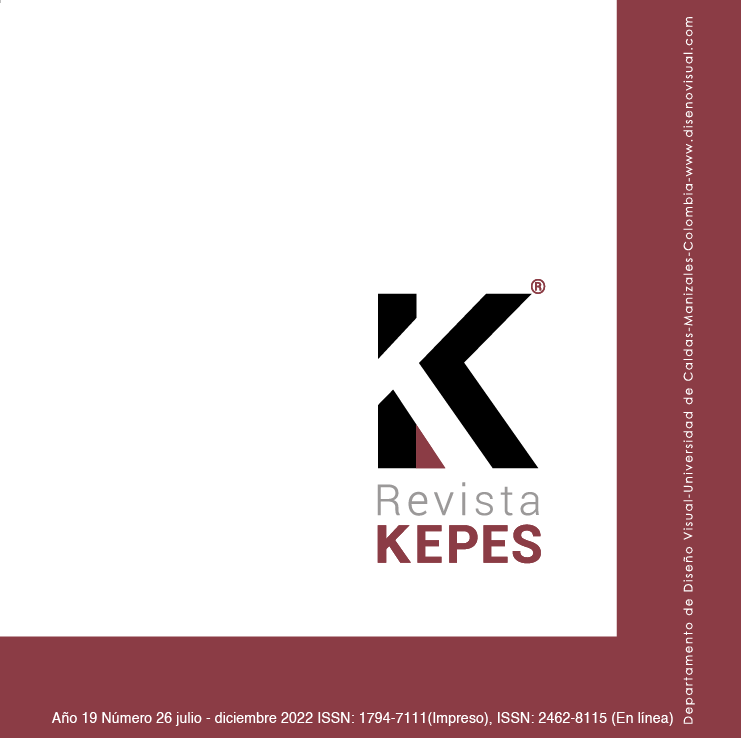Authors
Abstract
Methodology and objectives: In order to understand the theoretical and conceptual concerns that structured the work of the Norwegian architect Sverre Fehn (1924-2009), the texts and drawings contained in notebooks whose pages Fhen filled throughout his more than fifty years of professional activity have
been explored. The analysis of these direct sources, conserved in the Nasjonalmuseet for Kunst, Arkitektur og Design in Oslo, and their relationship with the texts that critics and colleagues wrote about the architect —highlighting Per Olaf Fjeld and Christian Norberg-Schulz, both with biographical links with Fehn— has allowed concluding that there were two basic ideas underlying the production of Norwegian: on the one hand, the horizon, which he understood as a challenge, homeland of the unknown, engine of the imagination of men until the verification of the sphericity of the Earth diminished
its capacity to inspire irrational thought. On the other hand, the encounter of architecture with the land, with that mass that the architect manipulates until he discovers that it is precisely in the dramatic confrontation between nature and man where beauty is born, and that in this duel architecture recognizes its limits. Results: When comparing these reflections —especially those related to the opposition between architecture and nature—with the postulates defended by some of his contemporaries, Sverre Fehn has become very far removed from the approaches of other architects with whom he shared a geographical and temporal context such as Reima Pietilä, while revealing his deep convergence with the approach of the Danish Jörn Utzon
with whom he had collaborated professionally in his youth.
Keywords
References
Ferrer, J. (2010). El mundo en el horizonte. Jørn Utzon y Sverre Fehn. En: DPA, Documents, Projectes, Arquitectura, nº 26. ETSAB.
Fjeld, P. (1983). Sverre Fehn. The thought of construction. Rizzoli International Publications Inc.
Fjeld, P. (2009). Sverre Fehn. The pattern of thought. The Monacelli Press.
Frampton, K. (1999). Estudios sobre cultura tectónica. Ediciones AKAL.
Giedion, S. (2009). Espacio, tiempo y arquitectura. Editorial Reverté.
Johansson, E., Paatero, K. y Tuomi, T. (2009). Raili y Reima Pietilä. Un desafío a la arquitectura moderna. Fundación ICO.
Madshus, E. & Yvenes, M. (2008). Architect Sverre Fehn. Intuition-Reflection-Construction. The National Museum of Art, Architecture and Design.
Millán, A. (2018a). Sverre Fehn: El lugar como soporte. Proyecto, Progreso, Arquitectura, 19, 16-35. 10.12795/ppa.2018.i19.01
Millán, A. (2018b). Sverre Fehn: Sentidos de Sverre Fehn: ver, anotar, diseñar. Revista EGA. Expresión Gráfica Arquitectónica, 23(34), 134-147. 10.4995/ega.2018.10864
Norberg-Schulz, C. & Postiglione, G. (2007 [1997]), Sverre Fehn: Opera Completa. Mondadori Electa.
Norri, M. et al. (1986). Pietilä. Intermediate zones in modern architecture. Journal of the Society of Architectural Historians, 45(3). 10.2307/990168
Puente, M. (2010). Jørn Utzon. Conversaciones y otros escritos. Gustavo Gili.
Rincón, I. (2016). Las acuarelas de Sverre Fehn: hacia la abstracción arquitectónica del paisaje de Hvasser, Boletín de Arte, 37, Departamento de Historia del Arte, Universidad de Málaga, 175-188.
Rincón, I. (2017). La arquitectura de Sverre Fehn: el universo que cabe en una línea. Estoa, 6(10), 103–114. 10.18537/est.v006.n010.09
Rincón, I. (2019). Sverre Fehn and the primitive architecture of Morocco. VLC Arquitectura, 6(1), 97-124. 10.4995/vlc.2019.10663
Utzon, J. (1962) Platforms and plateaus: Ideas of a Danish architect. Zodiac, 10.
VV.AA. (1993). Sverre Fehn. L'Architecture d'Aujourd'hui nº 287.
VV.AA. (1995). Price, Culot, Pietilä. De la passion de la tierra. Revista Fisuras, 2.
VV.AA. (1998) Sverre Fehn. Above and below the horizon. a+u. Architecture and Urbanism magazine, 340.

 PDF (Español)
PDF (Español)
 FLIP
FLIP






















